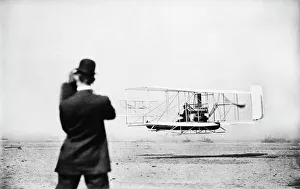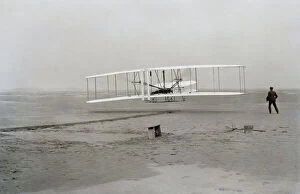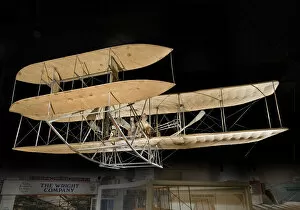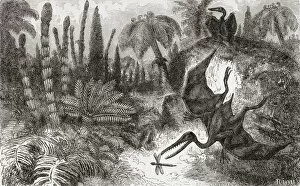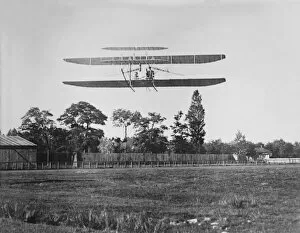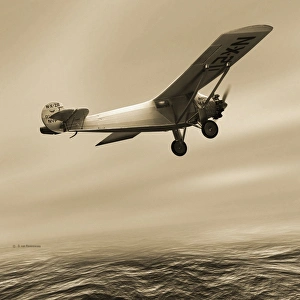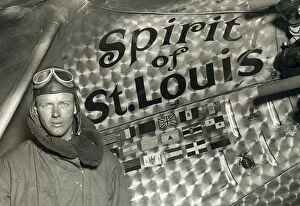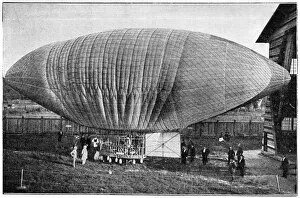Powered Flight Collection
"From Pterosaurs to Transatlantic Triumphs: A Journey through Powered Flight" Take a step back in time and witness the remarkable evolution of powered flight
All Professionally Made to Order for Quick Shipping
"From Pterosaurs to Transatlantic Triumphs: A Journey through Powered Flight" Take a step back in time and witness the remarkable evolution of powered flight. It all began on that historic day, December 17, 1903, when the Wright brothers defied gravity with their Model A aircraft at Kitty Hawk, North Carolina. This groundbreaking moment marked the birth of a new era. But let's rewind even further to 1896 when Langley Aerodrome Number 5 took its first daring leap into the skies. The Smithsonian Institution played a crucial role in documenting these early milestones, capturing both Langley's quarter-scale aerodrome and his later creations. Fast forward to Paris in 1906, where Santos-Dumont etched his name into history by making Europe's first powered plane flight. With each courageous aviator pushing boundaries and unlocking new possibilities for human flight, progress soared higher than ever before. The Wright Brothers continued their pioneering spirit with their biplane Flier in 1910. These visionary siblings revolutionized aviation as we know it today. Their military flyer from 1909 showcased their dedication to innovation and propelled them towards greatness. As we marvel at these incredible achievements, let us not forget the imaginary view of pterosaurs or pterodactyls depicted in an illustration from "The Universe or The Infinitely Great and the Infinitely Little. " Even our ancestors dreamed of taking flight long before it became reality. Circa 1908-11 witnessed the emergence of early Wright aircraft that paved the way for future advancements. Each iteration brought humanity closer to conquering the skies with grace and precision. Finally, we arrive at Charles Lindbergh's monumental solo transatlantic flight in 1927—a feat that captured hearts worldwide and solidified aviation as an integral part of our modern world. His courage inspired countless others to chase after dreams once thought impossible.

